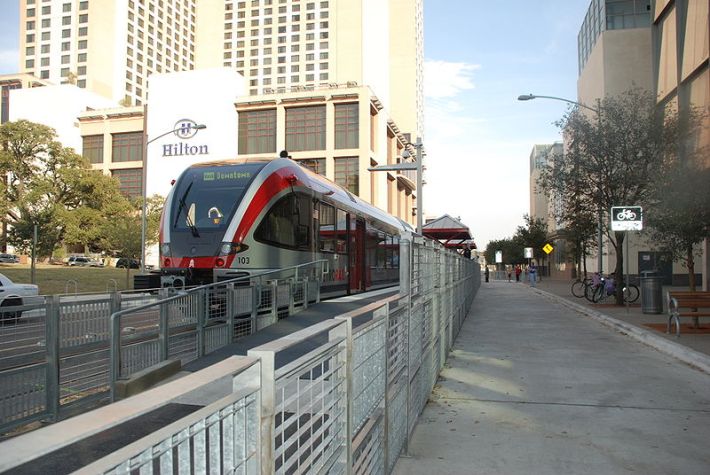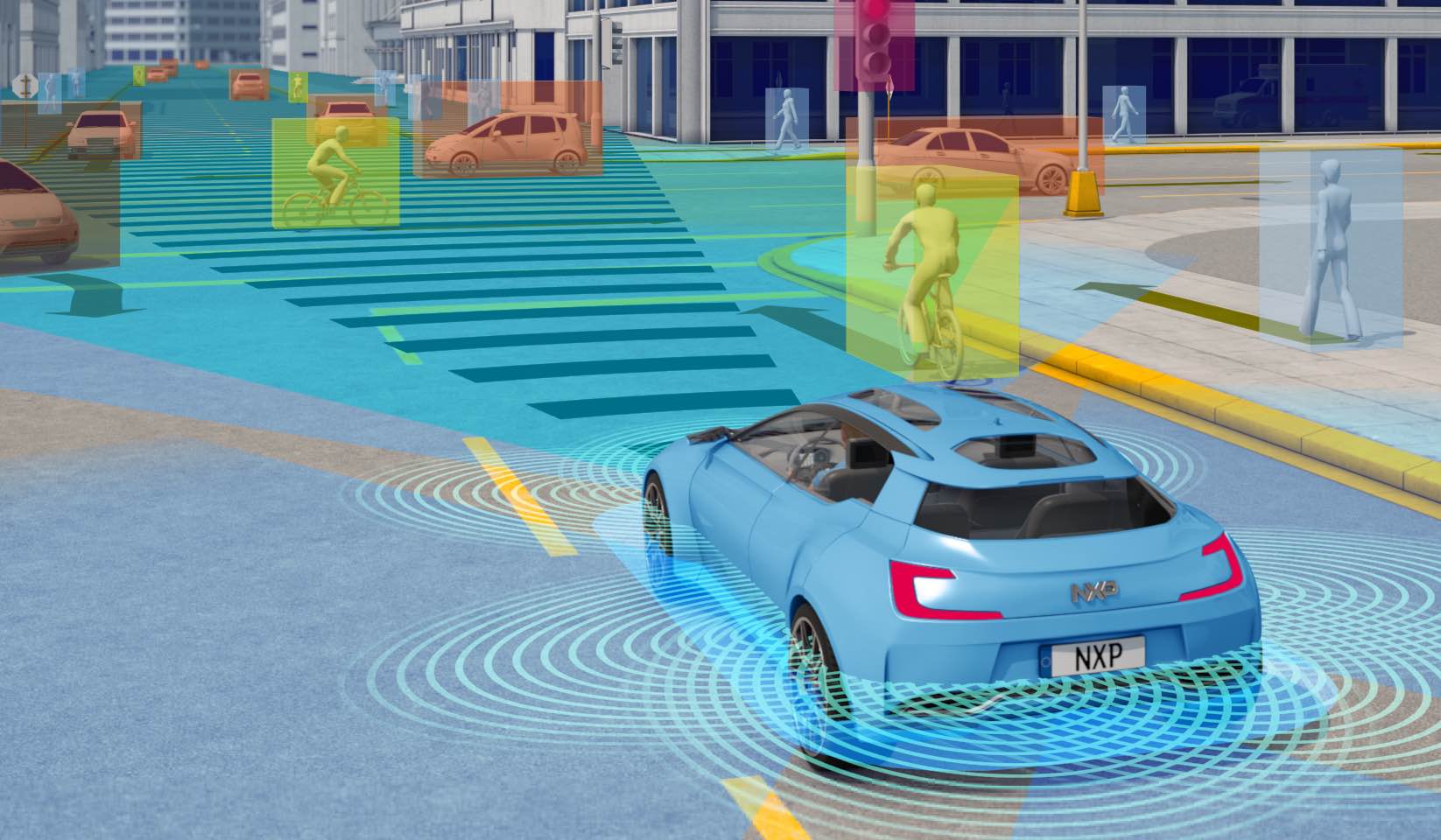
Has your morning bus commute gotten a little more crowded lately? Sharing the light rail car with a few more folks? That's because transit ridership just keeps rising, according to the American Public Transportation Association. Americans took 85.7 million more trips on public transportation in the first six months of this year than they did during the same months last year.
It's not just tough economic times that gets people on the bus (or train). Sure, tighter family budgets and high gas prices lead people to look for alternatives to driving, and that boosts transit ridership. But the recession cuts both ways when it comes to transit. APTA is justified in predicting even greater ridership when the recession ends, since more people with jobs means more people commuting.
The most impressive numbers -- a 221 percent increase in Austin's commuter rail ridership -- are a little misleading, since its commuter rail system opened in March 2010, halfway through the period being examined. Still, ridership grew impressively across the south, and there's no harm in crediting new capacity with the growth. Dallas saw a 32 percent growth in light rail, Nashville saw a 38.5 increase in commuter rail, and Miami's bus ridership grew by 10 percent while its heavy rail ridership grew by 6.4 percent.
The 85.7 million additional trips represent a small but significant 1.7 percent increase, proving, yet again, the importance of transit in U.S. life. It's a good reminder to government officials that they should look elsewhere for a budget line item to cut. People rely on transit to get to work, to save money, and to reduce congestion -- all important goals that governments should be supporting.
APTA's full second quarter report is here [PDF].





